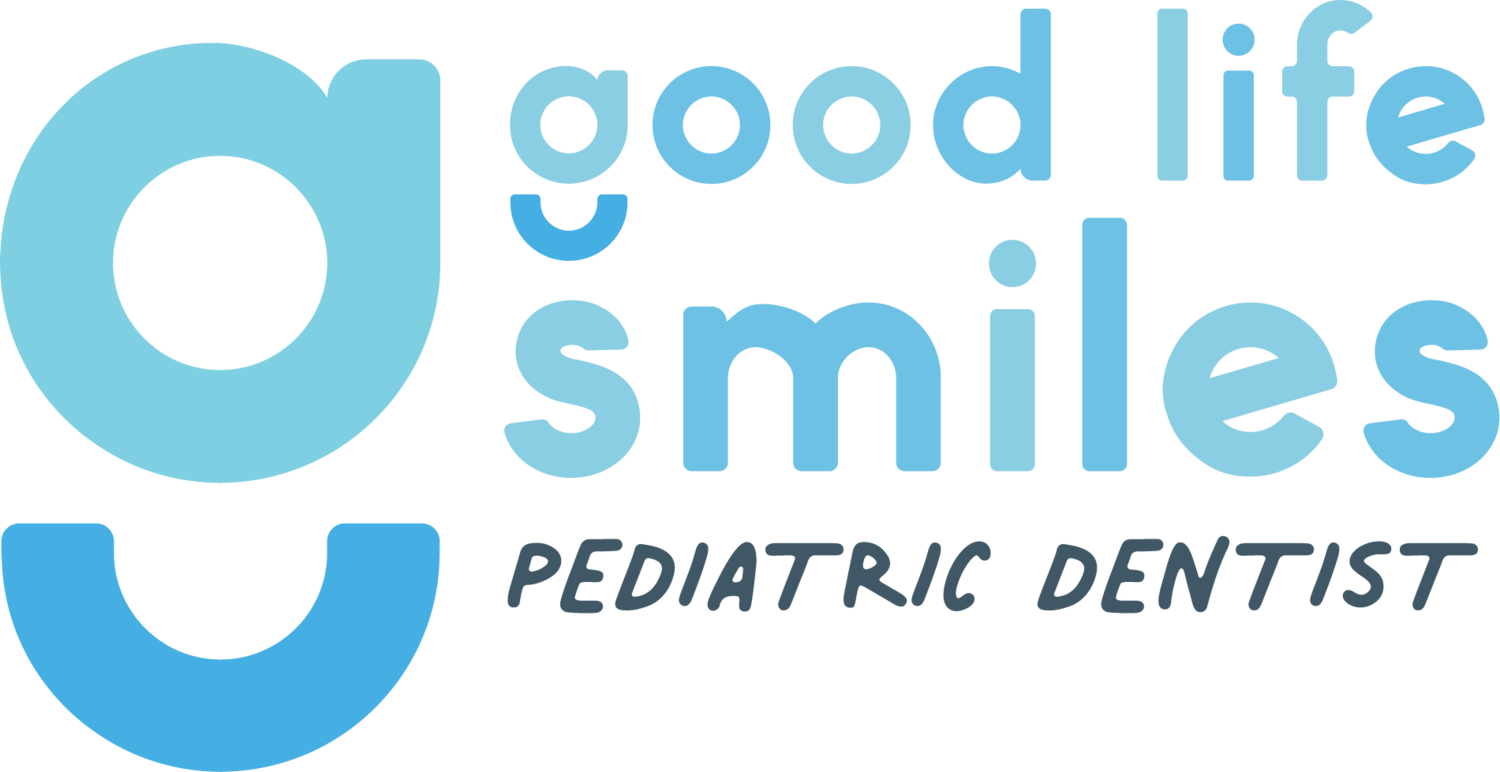Useful Medications for Oral Conditions*
DISCLAIMER: Drug information is constantly changing and is often subject to interpretation. While care has been taken to ensure the accuracy of the information presented, this is not a comprehensive list, and Good Life Smiles is not responsible for the continued currency of the information, errors, omissions, or consequences resulting from the use of these medications. Decisions about drug therapy must be based upon the independent judgment of the clinician, changing drug information, and evolving healthcare practices.
For a more comprehensive list of useful medications, click here.
* Pediatric doses should not exceed adult doses.
Analgesics
mild to moderate pain
Acetaminophen: usual oral dosage
Ibuprofen: usual oral dosage
moderate to severe pain
For moderate to severe dental pain, Dr. Pete recommends alternating ibuprofen and acetaminophen, giving one medication every three hours while kids are awake (see mild to moderate pain for dosing). In alternating medications, ibuprofen is given every 6 hours, and acetaminophen is given every 6 hours. Below is an example schedule to follow.
The use of codeine and its alternatives, oxycodone, hydrocodone, morphine, and tramadol, for children as an analgesic is not recommended by the American Academy of Pediatrics (AAP).
Systemic Antibiotics
acute dental infections
Amoxicillin: usual oral dosage for children older than 3 months
* Based on 25 - 50 mg / kg / day in divided doses every 12 hours
Here’s an example.
Tommy, a 50-lb 6-year-old, visits my practice with a toothache, localized facial swelling, and a history of spontaneous pain.
Using the dosing chart above, I write Tommy the prescription shown here. Tommy will come back in 7-10 days to have that hurting tooth removed.
Amoxicillin is usually the best choice for a kid with an infected tooth. See below for alternatives.
Azithromycin: usual oral dosage for children older than 6 months
This drug can cause cardiac arrhythmias in patients with pre-existing cardiac conduction defects.
* Based on 10 mg / kg / day in a single dose on Day 1, and 5 mg / kg / day once daily on Days 2 - 5.
Another example for you, doc.
Anna, a 36-lb three-year-old, has an allergy to penicillins and needs an antibiotic prescription for an acute dental infection.
Using the dosing chart above, I write Anna the prescription shown on here. Anna will come back in 5-7 days to have her tooth taken out after the infection has gone down.
Important! Note that Clindamycin is no longer the first choice antibiotic for kids with an allergy to penicillins, as Clindamycin usage substantially increases the risk of developing C. difficile infection even after a single dose. As of 2019, the ADA recommends Azithromycin as the best alternative antibiotic for kids allergic to penicillins.
sbe prophylaxis
For SBE Prophylaxis indications, click here!
IM indicates intramuscular; IV indicates intravenous
* Or other first-or-second generation oral cephalosporin in equivalent adult or pediatric dosage
^ Cephalosporins should not be used in an individual with a history of anaphylaxis, angioedema, or urticaria with penicillins or ampicillin.
Topical Antifungal Agents
angular chelitis
Clotrimazole
Form: cream, 1%
Usual dosage:
All ages: Apply a thin layer to the corners of the mouth 4 times/day for 14 days or until complete healing.
Nystatin
Forms: ointment, cream (100,000 units/g)
Usual dosage:
All ages: Apply a thin layer to the corners of the mouth 4 times/day for 14 days or until complete healing.
oral candidiasis
Nystatin
Form: suspension (100,000 units/mL)
Usual dosage:
Infants: 200,000 - 400,000 units (2 - 4 mL) 4 times/day; half of dose placed in each side of mouth
Children & Adults: Swish 400,000 - 600,000 units (4 - 6 mL) 4 times/day for several minutes and swallow; continue at least 48 hours after symptoms resolve.
Systemic Antiviral Agents
primary herpetic gingivostomatitis
Acyclovir (not FDA approved for this use)
Forms: Suspension 200 mg/5 mL; tablets 400 mg, 800 mg; capsules 200 mg; injectable 50 mg/mL
Usual dosage:
Children: 15 mg/kg 5 times/day for 7 days (maximum 200 mg/dose)
Immunocompromised Children: 1000 mg/day orally in 3-5 divided doses for 7-14 days (maximum 80 mg/kg/day)
Adolescents & Adults: 400 mg 3-5 times/day for 10 days or until clinical resolution occurs
OR 200 mg 5 times/day (approximately every 4 hours) for 5 days
OR 200-400 mg 5 times/day for 10 days
herpes labialis
Acyclovir (not FDA approved for this use)
Forms: Suspension 200 mg/5 mL; tablets 400 mg, 800 mg; capsules 200 mg; injectable 50 mg/mL
Usual dosage: (Begin treatment at the earliest signs/symptoms)
Infants & Children: 20 mg/kg/dose 4 times/day for 5 days (maximum 400 mg/dose)
Immunocompromised Children: 1000 mg/day orally in 3-5 divided doses for 7-14 days (maximum 80 mg/kg/day)
Adolescents & Adults: 400 mg three times/day for 5 days
OR 200 mg 5 times/day (approximately every 4 hours) for 5 days
OR 800 mg 2 times/day for 5 days
Topical Corticosteroids
aphthous ulcers
Triamcinolone Acetonide (medium potency corticosteroid)
Form: Dental paste
Usual Dosage:
Adolescents & Adults: Apply paste to ulcers 3 times/day, after meals, and at bedtime. Do not exceed a 7-day course.
References
American Academy of Pediatric Dentistry. Useful Medications for Oral Conditions. The Reference Manual of Pediatric Dentistry. Chicago, IL: American Academy of Pediatric Dentistry; 2021: 592-8.
American Academy of Pediatric Dentistry. Antibiotic Prophylaxis for Dental Patients at Risk for Infection. The Reference Manual of Pediatric Dentistry. Chicago, IL: American Academy of Pediatric Dentistry; 2021: 447-52.








